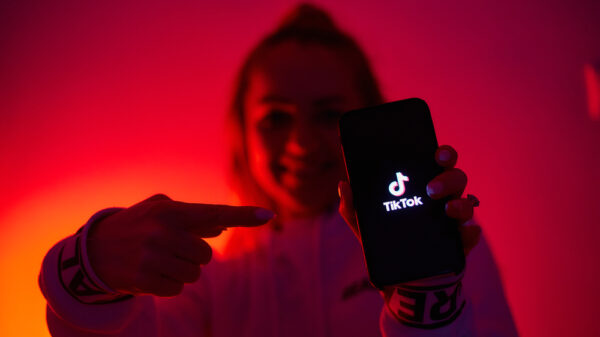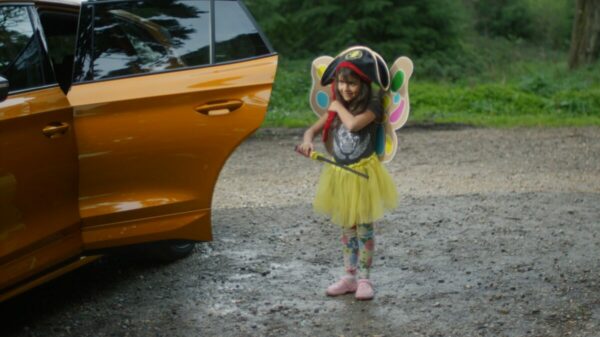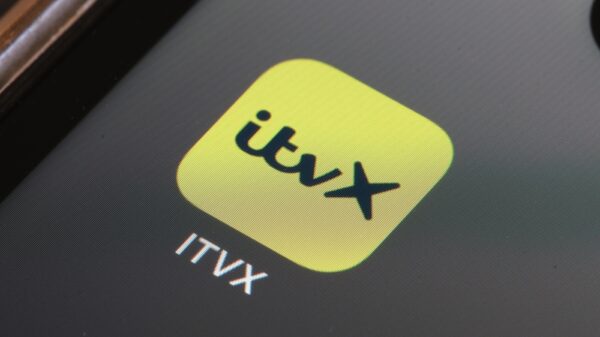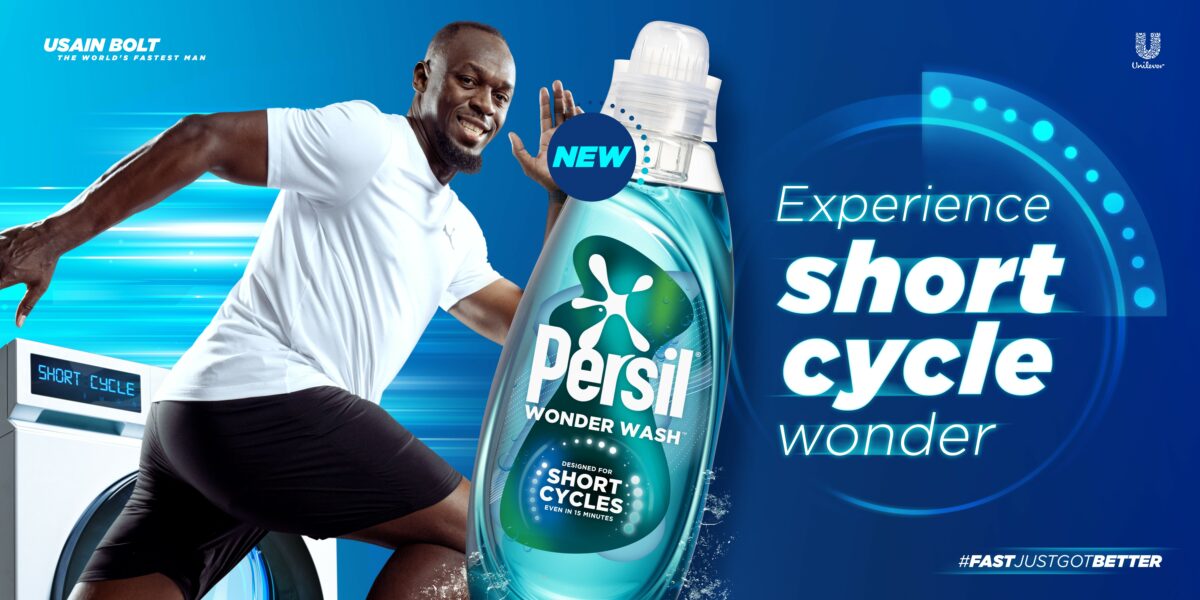The speed at which adland has embraced AI is almost dizzying. Yes, we knew copywriters and journalists were at risk – and at the moment things are even looking tricky for artists – but models? Surely replacing physical people is one step too far?
Not according to £multi-billion global fashion label Levi Strauss & Co. In a far cry from the brand’s blue jean, everyman heritage, the denim firm is trialling the use of AI-generated models to increase the diversity of its models.
Levi’s has said that the innovative move will not affect the hiring of diverse models but will create a “more personal and inclusive shopping experience”. It’s a bold move from a company which says companies are “stronger and more successful when they are diverse and inclusive” while describing itself as a “force for positive change in our communities”.
But maybe we’re just being picky? Maybe – as global head of digital and emerging technology strategy, Amy Gershkoff Bolles said – it is “impossible for [Levi’s] to have models that cover every combination of race, ethnicity, age, body size, body type”.
Although that word ‘impossible’ doesn’t ring quite true… After all, if the bodies are out there, surely they can also be photographed in a pair of jeans?
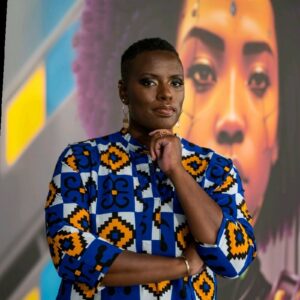 “What’s stopping Levi’s from hiring real people?” – CEO and founder of racial equity firm HR rewired, Shereen Daniels
“What’s stopping Levi’s from hiring real people?” – CEO and founder of racial equity firm HR rewired, Shereen Daniels
“Fashion brand Levi Strauss & Co has come up with a novel way of faking its way towards increasing representation. It announced a partnership with digital fashion studio Lalaland to make custom artificial intelligence (AI) generated avatars in what it says will ‘increase diversity’ among its models. Levi’s argue that it is a way to increase representation for customers who want to see models who look like them but what’s stopping them from hiring the real people?
Levi’s says ‘we believe our models should reflect our consumers, which is why we’re continuing to diversify our human models in terms of size and body type, age and skin colour’ but goes on to explain that working with real people isn’t enough to meet its goals. Critics believe it is a ploy to ensure they reap the benefits of looking inclusive while at the time continue to further exclude and marginalise.
What’s ironic is on 16 June 2020, Levi’s issued a statement stating that ‘Black people deserve better’. If this is their version of doing better, do we want it?
There is a difference between transactional and transformational change. Most organisations struggle to know the difference so end up focusing on the former, which leads to short-term low impact tokenistic initiatives and over indexing on visual representation thinking that will solve all of their problems with racism.”
Subscribe to Marketing Beat for free
Sign up here to get the latest marketing campaigns sent straight to your inbox each morning
 “Levi’s has taken the easy route to representation” – GottaBe! Marketing client relations lead, Martin Rothwell
“Levi’s has taken the easy route to representation” – GottaBe! Marketing client relations lead, Martin Rothwell
“Levi Strauss & Co’s approach to increasing representation
across their models is just another step of AI removing humanity from the marketing and communications ecosystem. In a marketing world where authenticity is becoming increasingly valuable for consumers Levi’s have ultimately put simplicity before people.
The same people – their consumers – who will believe that Levi’s have given an opportunity to models from diverse backgrounds, only to then learn that this is not the case.
“Consumers are human. Though it is positive that Levi’s is looking to improve the representation across its modelling portfolio, this approach ultimately restricts and removes opportunities for models from more diverse backgrounds. This then actually creates more disparity across different ethnic and cultural backgrounds, as these models are being restricted in the opportunities available to them.
This shows that Levi’s have simply taken the easy route to representation and have not considered other aspects of equality, diversity, and inclusion. When brands such as Boots and Dove can find models from representative and diverse backgrounds, it leaves us all scratching our heads wondering why Levi’s can’t do the same.”
 “Social media is alight with people getting their denim in a twist” – Born Ugly senior provocation partner Wander Bruijel
“Social media is alight with people getting their denim in a twist” – Born Ugly senior provocation partner Wander Bruijel
“No matter where you look, there is a foreboding sense of doom surrounding the usage of AI right now. Brands are scrambling to get on the bandwagon of the next marketing tech revolution and doomsayers are yet again predicting the end of humanity. It’s history repeating itself, again. Is LS&C one of the first to fall victim to the AI hype following a clumsily introduced pilot with Lalaland.ai? Or has Levi’s just done it again? Created news.
Critics have pounced, arguing that LS&C is inauthentic in its claims to further the cause of inclusion using AI generated models for its clothes. Social media is alight with people getting their denim in a twist.
But if you cut through the crap of LS&C’s clumsiness and the absolutism of Twitter, what LS&C is doing makes a lot of sense. Using a horde of AI-generated avatars versus one or two perfect and expensive models to help consumers relate and recognise themselves in the Levi’s brand and its apparel is not only smart, it is inevitable.
Not only does it make commercial sense, but it can be genuinely helpful to people who want to know how a pair of jeans might fit them by looking at a virtual mannequin that resembles them. Much more useful and much better for my sense of perspective than trying to compare myself to Brad Pitt.
What LS&C has got wrong here is that it positioned this pilot as part of what it calls a long tradition of authentic storytelling. Newsjacking it may be. Authentic storytelling it is not.
As a brand stooped in rebellious Americana soaked in a good dose of nostalgic mythology, suggesting that using AI’s furthers authentic storytelling is just silly – as is the suggestion that this is genuinely part of furthering the cause of diversity, equity and inclusion.
Only people can enhance diversity, equity and inclusion. Machines can only play a facilitating role in that. Using AI’s will enhance relatability and the shopper experience, but it won’t authentically enhance inclusion.”

